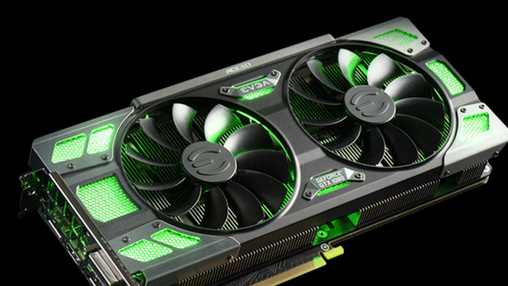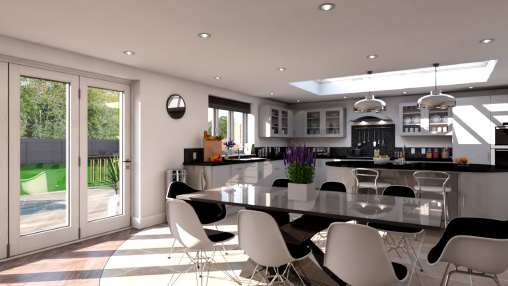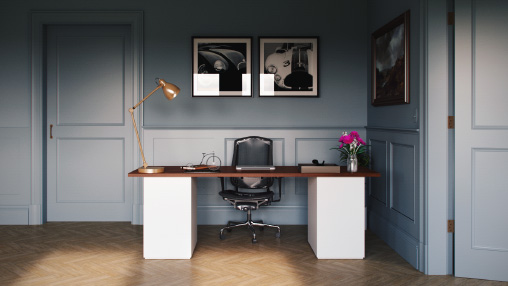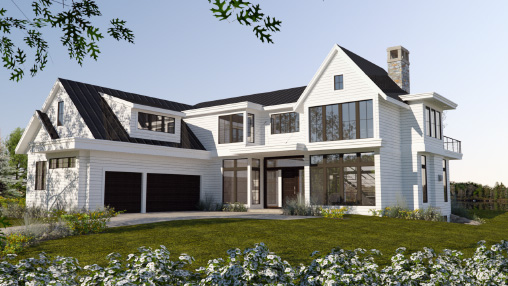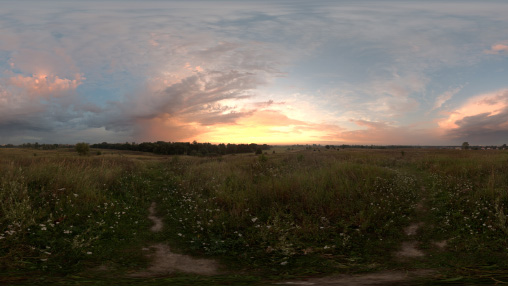Frequently Asked Questions
ProWalker Troubleshooting
If you updated ProWalker to ProWalker GPU 1.2.0 (necessary if you are using SketchUp 2019.2) or to ProWalker GPU 1.1.9.1, you need exchange your previous license that had a prefix of PW
Exchange your PW license here. The new license will work with ProWalker GPU 1.2.0 and 1.9.1.1 Free License Exchange.
Update your NVIDIA GPU driver — NVIDIA updates the drivers for their GTX cards frequently, and Iray is very dependant on having the latest GPU driver installed. Most of the time, a crash immediately after the window opens indicates that you aren't running the latest driver.
The newest driver for your graphics card can always be found here: NVIDIA Driver Downloads.
Use GeForce Experience - We recommend installing and using the GeForce Experience utility from NVIDIA, which notifies you via a task-bar notification as soon as a new driver is available for your card.
At this time, LEM lights only work in ProWalker's Photorealistic (PR) render mode.
Other things to note:
- You may have assigned your LEM to the reverse SketchUp face - Light emitting materials must be assigned to "front-facing" SketchUp surfaces. If the LEM is on the reverse side of the face it will not emit light. You can check this by entering SketchUp's monochrome face-style; reverse faces will be blue or dark gray in most SU styles.
- Hidden LEMs are not supported by ProWalker - If the 'Hidden' option is checked in Podium material settings, that LEM will not cast any light in ProWalker.
LEMs are much dimmer than expected
LEM materials were significantly dimmer in the earliest versions of ProWalker, requiring very high light-power values (60 - 100) to emit any noticeable light. This has been fixed in ProWalker v1.1.5 and above.
The Ambient slider only works in Qck mode.
Qck mode uses ambient occlusion as a fast, efficient way to "fake" indirect lighting and global illumination.
The Interactive (Id) and Photorealistic (Pr) render modes use pathtracing to calculate indirect light, which is slower but more realistic/physically accurate. Therefore there is no need for ambient occlusion, and the function is disabled.
The image you see in the ProWalker viewport is a preview image meant to provide real-time feedback as you fine-tune lighting, composition, and samples/render mode, but the preview is never saved.
Use the camera icon to export a still render, as demonstrated in the one minute video linked here.
Re-activate your license — Your license file most likely got overwritten when installing the update. Reenter your license key in the license manager, restart SketchUp, and all the ProWalker trial limitations should be lifted.
ProWalker - General & Miscellaneous
ProWalker GPU does not have its own materials interface, nor does it include a means to create and edit omni lights or spotlights. ProWalker instead recognizes and relies on SU Podium's light system and materials dialog for reflection, refraction, bump, and artificial lighting.
To configure material settings for ProWalker, open the SU Podium materials dialog and edit properties there. If you do not own an SU Podium license, you can simply install the free trial. When the trial ends, you will no longer be able to render with SU Podium, but you will still be able to access the material and light systems.
Additionally, if you prefer to select pre-made materials and lights, Podium Browser is fully compatible with ProWalker GPU, and is automatically installed with SU Podium. Podium Browser is free to try, and $59 for acess to the whole library of over 12,000 render-ready components, light fixtures, and Podium materials.
This is not recommended. You will likely be able to succesfully install both, however the two plugins contain shared libraries that may cause conflicts. We recommend uninstalling Podium Walker before you start using ProWalker GPU.
The best way to do this is with a solid-colored HDRI image set as your ProWalker background.
This very likely has to do with image resolution.
Remember, the viewport preview render is only as large as the ProWalker viewport — usually smaller than 1920x1080 in other words.
So if you've set your final export resolution to be larger than the ProWalker window, the final render will take longer. This is especially true if you are using an export resolution many times larger than your monitor; an 11x17 render at 5100x3300px will be FAR slower than the viewport preview.
Podium Walker Questions
For questions and information about earlier versions of Podium Walker, please see the following resources:
- Podium Walker documentation— Podium Walker overview and help pages
- Podium Walker FAQ — Read here
- Contact Support — Please direct all other questions about Podium Walker standard to support@cadalog-inc.com
